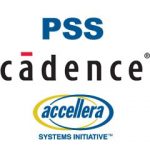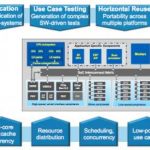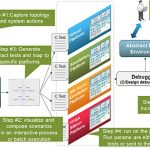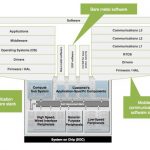I’ve been hearing about the Portable Stimulus Standard (PSS) since DAC 2016, so it’s helpful to get an update from EDA vendors on what their involvement level is with this emerging standard and how they see it helping design and verification engineers. Earlier in September I scheduled a conference call with Cadence… Read More
Tag: perspec
Anirudh on Verification
I was fortunate to have a 1-on-1 with Anirudh before he delivered the keynote at DVCon. In case you don’t know the name, Dr. Anirudh Devgan is Executive VP and GM of the Digital & Signoff Group and the System & Verification Group at Cadence. He’s on a meteoric rise in the company, not least for what he has done for Cadence’s position… Read More
Perspective in Verification
At DVCon I had a chance to discuss PSS and real-life applications with Tom Anderson (product management director at Cadence). Tom is very actively involved in the PSS working group and is now driving the Cadence offering in this area (Perspec System Verifier), so he has a pretty good perspective on the roots, the evolution and practical… Read More
Reusable HW/SW Interface for Portable Stimulus
Although semiconductor community has ushered into the era of SoCs, the verification of SoCs is still broken. There is no single methodology or engine to verify a complete SoC; this results in duplication of efforts and resources for test creation and verification at multiple stages in the SoC development, albeit with different… Read More
Moving up Verification to Scenario Driven Methodology
Verification complexity and volume has always been on the rise, taking significant amount of time, human, and compute resources. There are multiple techniques such as simulation, emulation, FPGA prototyping, formal verification, post-silicon testing, and so on which gain prominence in different situations and at different… Read More
An Approach to Top-Down SoC Verification
We’ve blogged dozens of times about UVM– Universal Verification Methodology at SemiWiki, and all of the major EDA vendors support UVM, so you may be lulled into thinking that UVM is totally adequate for top-down SoC verification. Yesterday I had a phone discussion with Frank Schirrmeister of Cadence about a new approach… Read More






